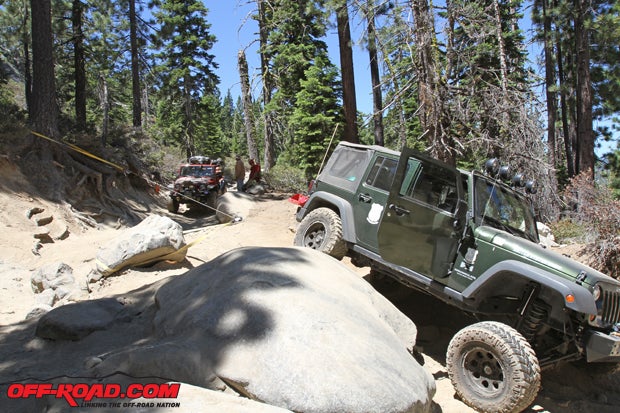
As I’ve said before, I like to explore the Arizona backcountry for ghost towns, old mining operations, and abandoned mill sites. Doing this means a lot of solitary sojourns, single-vehicle camping trips, and solo explorations. A high degree of confidence in your Jeep is required to do all these expeditions, and the first step toward complete and total confidence is a Rubicon model with its well-thought-out list of included improvements. Second step is adding a winch.
As a rule of thumb, when choosing a winch, make certain that its pull rating is at least twice the weight of your Jeep. In other words, for my 2007 Rubicon four-door I choose a Superwinch 9,000-pound EP9.0. The 9,000-pound winch’s rating is approximately twice the weight of my ’07 JK. The other thing to remember when buying a winch is to include a winch accessory kit, which usually includes a pair of gloves (for protecting your hands), a tree-protecting strap (a cut from a winch cable around a tree could kill it), a snatch block (which is like a pulley, in case you need to double the strength of the winch’s pull or change the pull’s direction), a clevis, and a carrying bag with the manufacturer’s logo (so I highly recommend sticking with the winch’s manufacturer for the accessory kit).
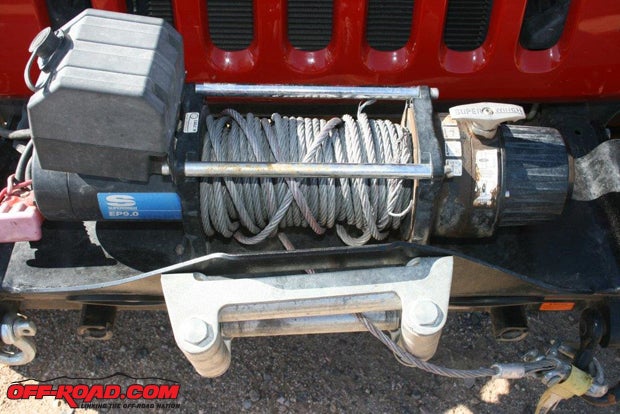
If you stop to think about it, when you’re exploring by yourself and you need a winch, nothing else will do—it could literally save your life in many situations. We may seldom unlimber our winch’s remote control while traveling off-road in a group, but when we do need a winch, its cost is well worth it.
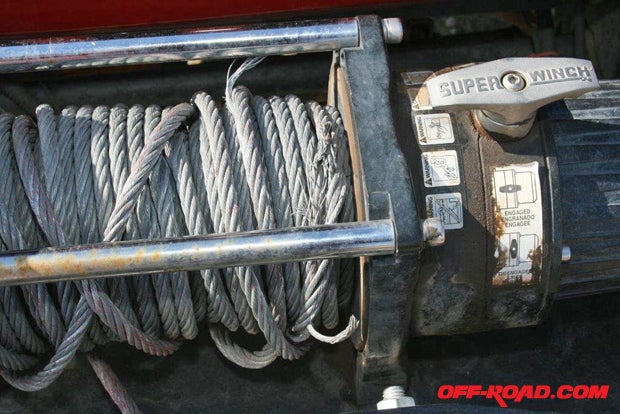
But enough about winches and winch accessory kits; this article is about why I choose to replace my wire cable with a synthetic winch rope. Primarily, for safety reasons, with the reduced weight being a secondary issue. I’ve always been concerned with the possibility of someone being injured during a winching due to a snapped cable. That’s why I’ve always thrown a jacket or weighted strap over the cable to slow its recoil should it break.
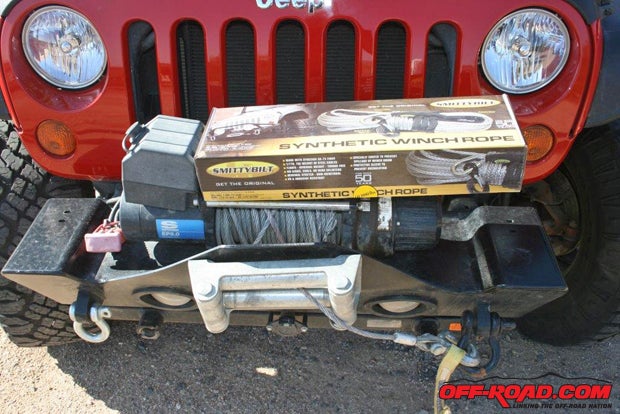
I had also inadvertently broken several strands of wire on the cable near its hook end because of stretching the cable across some sharp metal, and I was afraid of someone getting cut or scratched with the broken wire so I looked for a replacement of the OEM cable. I decided to use a synthetic rope rather than steel cable mainly because synthetic rope does not store energy when it’s stretched tight during winching.
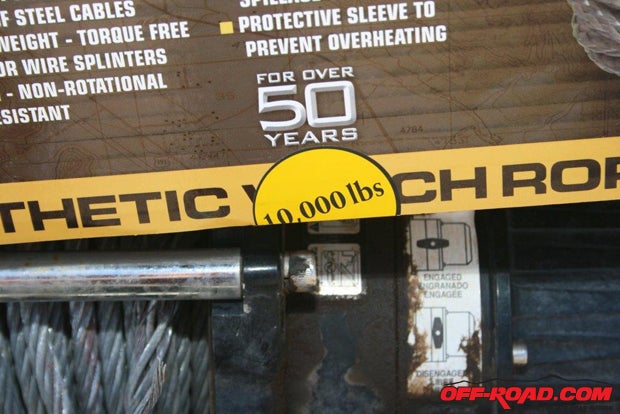
Since I decided on using a synthetic rope and not steel wire cable, I did an Internet search for a retailer and discovered Summit Racing offers the Smittybilt XRC synthetic winch ropes. Summit Racing has become more involved with off-roading recently, and it is an excellent source for off-road equipment and performance products.
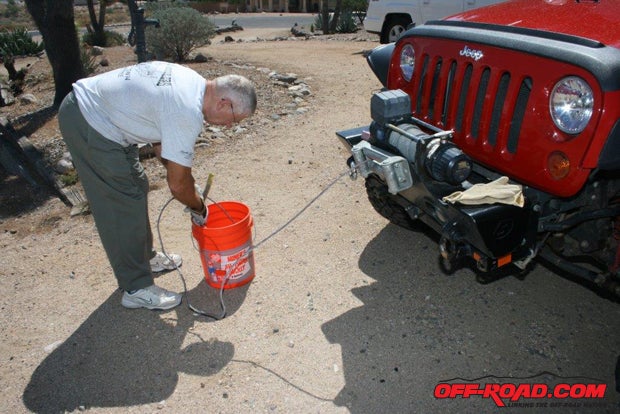
Smittybilt XRC synthetic winch ropes are made from Dyneema SK-75. These braided ropes are stronger than wire and are able to pull you out of the mud. Plus, they won’t kink, curl, or splinter. Lighter in weight, XRC winch ropes are specially designed to be UV-stable as well as heat-treated. These ropes yield the maximum in strength-to-weight ratio, while being stronger than steel cables and are buoyant—it can actually float on mud, so there’s no blind searching around while you’re trying to hook it up. Unlike steel cables, synthetic lines store zero energy under stress, and in the event of breakage they do not exert the dangerous and violent whiplash action that a snapped steel cable can exert. Smittybilt XRC synthetic winch ropes come with a 10-foot protective sleeve on the hook-up end, a stainless-steel mounting tab, a stainless-steel loop, and a safety hook with a connector link.
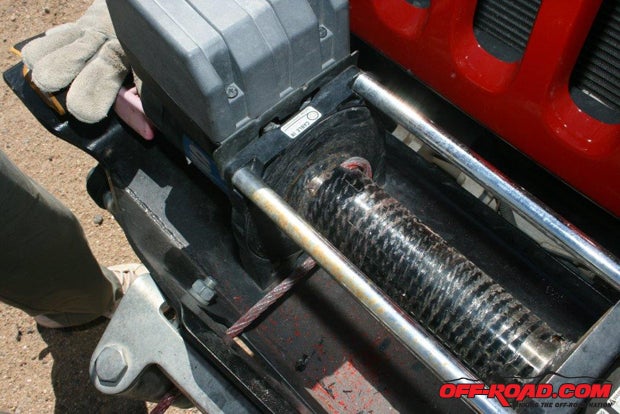
Author’s note: Before installing or using a synthetic rope on your winch, check with your winch manufacturer for its specific installation and operation instructions on the use of synthetic rope. Be safe and follow those instructions.
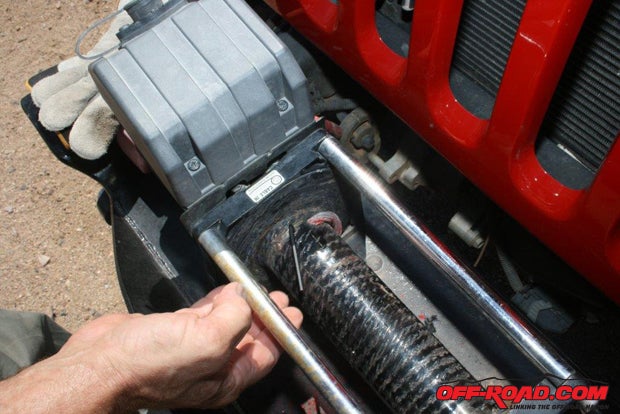
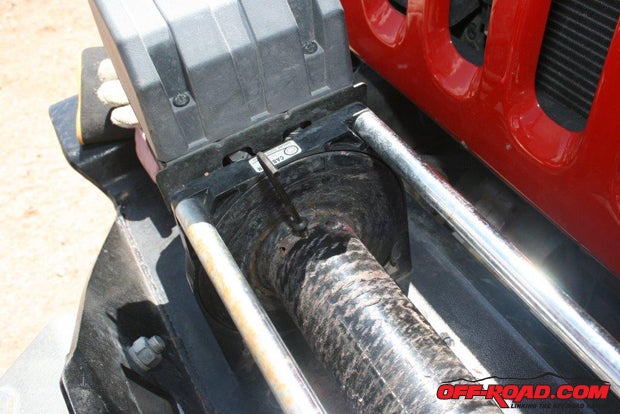
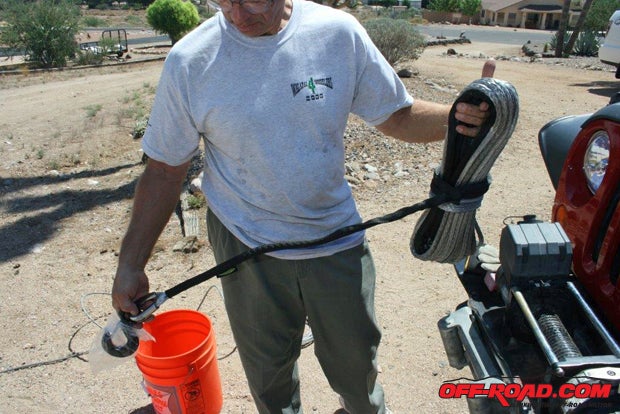
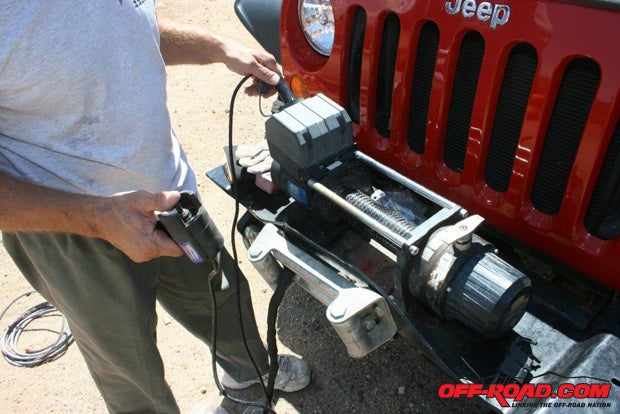
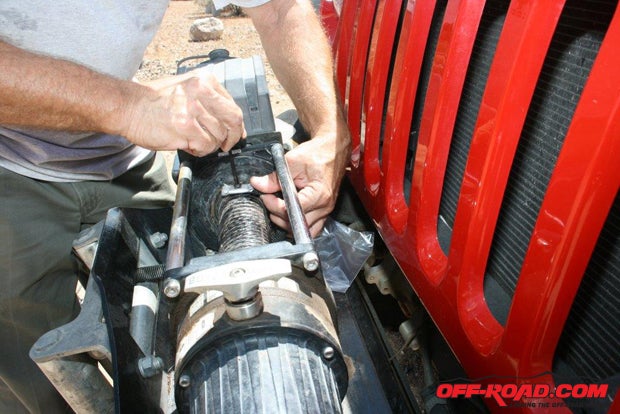
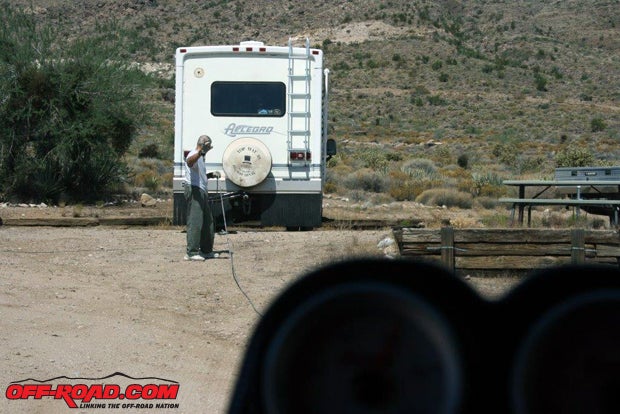
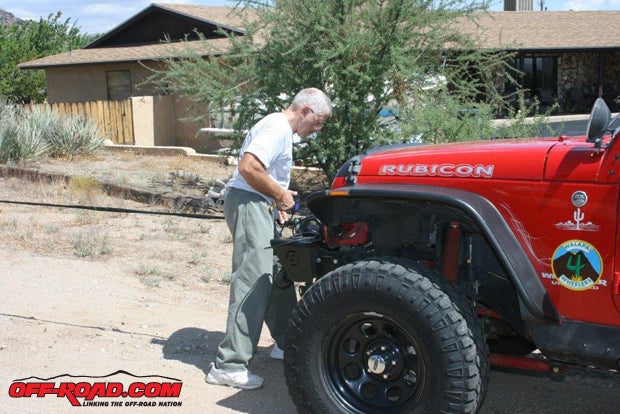
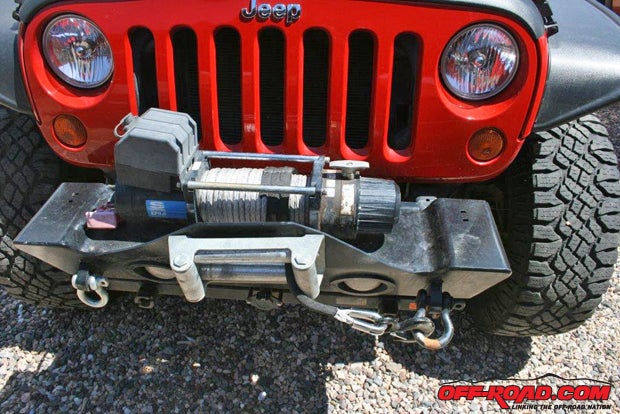
Source List
Superwinch
www.superwinch.com
Summit Racing
http://www.summitracing.com/


 Your Privacy Choices
Your Privacy Choices